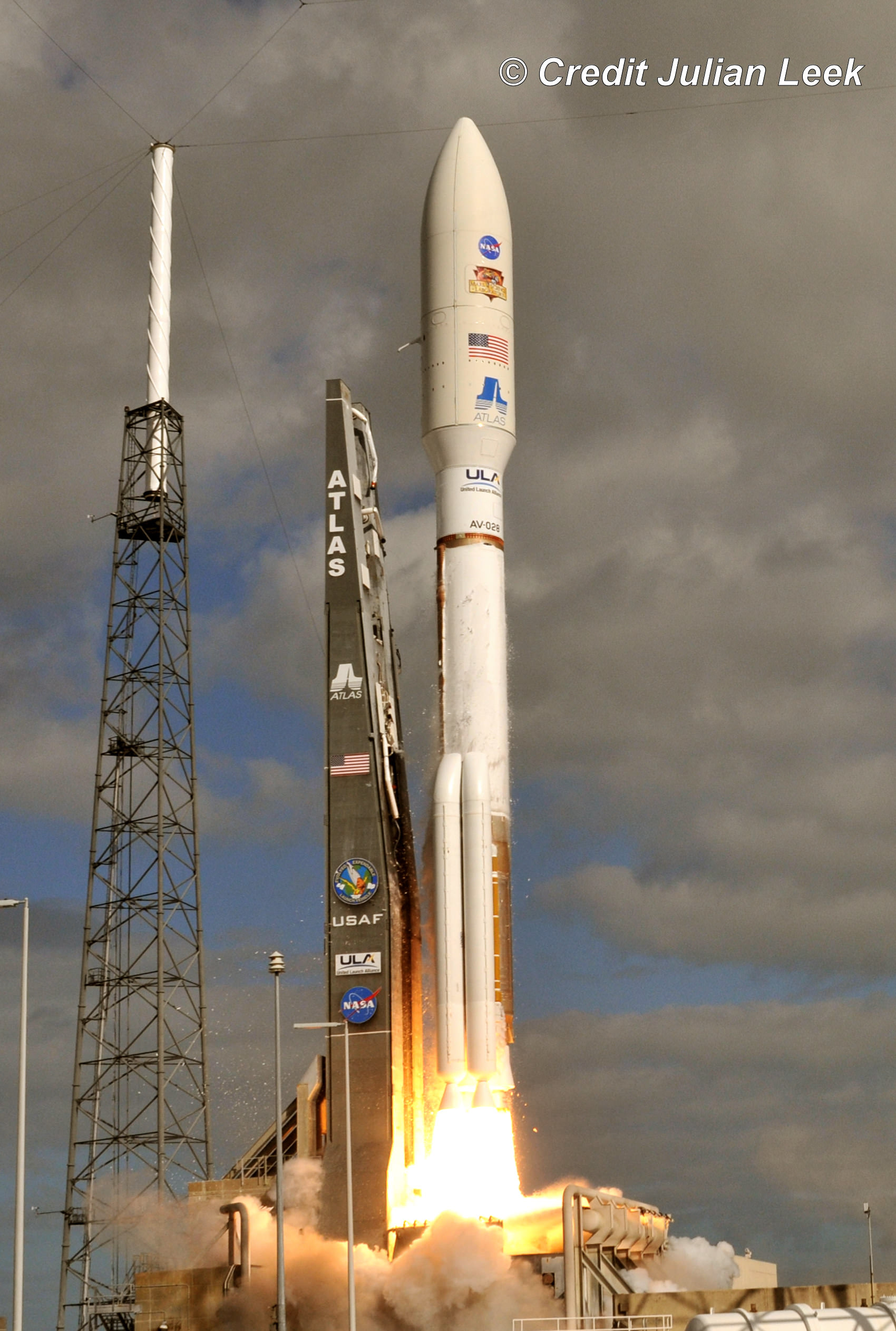
Launch Company United Launch Alliance (ULA) has 3,400 employees working at sites across the USA. With ULA, Lockheed and Boeing held a monopoly on military launches for more than a decade, until the US Air Force awarded a GPS satellite contract to SpaceX in 2016. government launch customers included the Department of Defense and NASA, as well as other organizations. ULA was founded in December 2006 by combining the teams at these companies that provided spacecraft launch services to the government of the United States. We are confident we submitted a strong proposal that reflected our extensive space launch experience and provided value to our customer.Launch Company United Launch Alliance (ULA) is a joint venture of Lockheed Martin Space Systems and Boeing Defense, Space & Security. SpaceX offered the Falcon 9 and Falcon Heavy, the only certified vehicles that competed in Phase 2.īlue Origin CEO said in a statement the company is “disappointed in the decision.” He said Blue Origin is “very proud that our BE-4 engine will power United Launch Alliance’s Vulcan launch vehicle in support of the Space Force’s NSSL program and end reliance on Russian-built engines.”Ī Northrop Grumman spokesman said: “We are disappointed by this decision. ULA is developing a new vehicle for Phase 2, the Vulcan Centaur, a two-stage heavy-lift launch vehicle with the main stage powered by Blue Origin’s BE-4 engine. ULA and SpaceX are incumbent launch providers, whereas Blue Origin and Northrop Grumman are new entrants. Blue Origin, Northrop Grumman, SpaceX and United Launch Alliance all submitted bids in August 2019.

Air Force released the final solicitation for bids.

The high-stakes Phase 2 competition officially started in May 2019 when the U.S. The estimate of 34 missions for the covered five-year period could change as priorities and budgets fluctuate from year to year

The Air Force has insisted that it is not committing to buying a preset number of launches. The Air Force will assign specific rockets on a yearly basis depending on the required missions. In Phase 2 ULA will get 60 percent of the missions, and SpaceX will get 40 percent. By law, DoD will not be allowed to buy Atlas 5 launches after Dec. The shift to new launch vehicles also is compelled by a legislative mandate to end the Pentagon’s reliance on United Launch Alliance’s Atlas 5 rocket which has the Russian RD-180 as its main engine.

“Today’s awards mark a new epoch of space launch that will finally transition the Department of Defense off Russian RD-180 engines,” he said. Roper said the Phase 2 awards mark a pivotal point in the transition of the national security launch program to take advantage of commercial innovation and private investments in launch vehicles. “Maintaining a competitive launch market, servicing both government and commercial customers, is how we encourage continued innovation on assured access to space,” Will Roper, assistant secretary of the Air Force for acquisition, technology and logistics, told reporters. Between 20 SpaceX and ULA will collectively will fly as many as 34 missions for the Department of Defense and the National Reconnaissance Office under the firm-fixed-price, indefinite-delivery contracts.


 0 kommentar(er)
0 kommentar(er)
